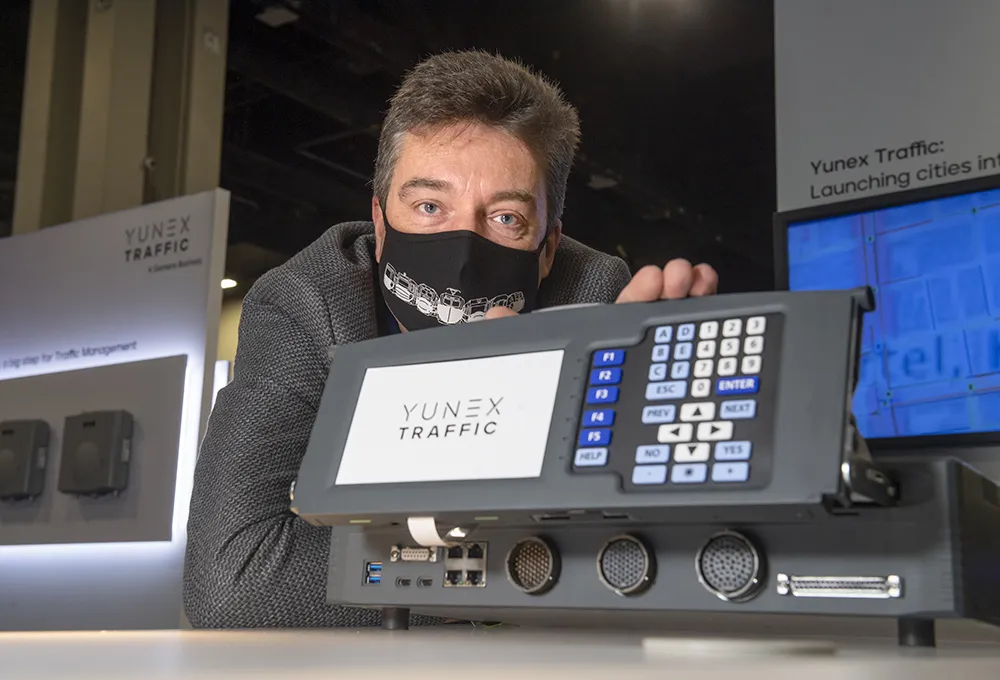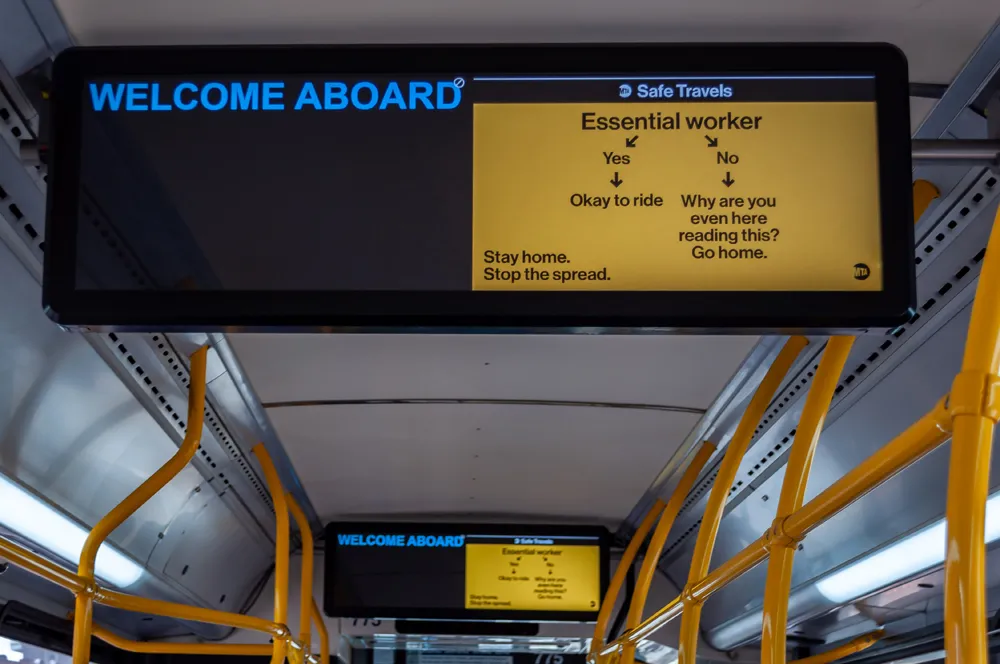
The Tees Valley Combined Authority in the UK has selected Yunex Traffic and Aimsun to provide a digital twin to help with traffic management.
In what the companies call “an industry first”, the traffic digital twin will deliver a range of benefits including automated incident detection and alerts. The solution will support network-wide traffic management for the region, improve bus service reliability and reduce delays, congestion and emissions.
The system will draw information from Yunex Traffic’s existing Stratos and UTMC urban traffic management and control systems. It will allow traffic management actions to be implemented either automatically or with the involvement of a traffic operator.
The digital twin’s machine learning algorithms will enable the Tees Valley traffic management team to continually monitor and evaluate real-time traffic, bus and signal data feeds across the entire transport network. It uses data from Yunex Traffic’s existing Stratos and UTC-UX traffic management systems, with this real-time data now integrated with the Aimsun Live predictive decision support system in a single, powerful digital twin platform.
Within just a few minutes of receiving the data, the digital twin will provide comprehensive predictions and assessments of near-real-time and upcoming traffic states, up to 60 minutes into the future. This predictive element allows for a far more proactive approach to traffic management. The system will not only get late buses back on time, but will identify buses likely to fall behind schedule and help them get back on track before the delay even occurs.
The Tees Valley is a combined local authority area around the lower River Tees in northern England. It takes in five towns - Darlington, Hartlepool, Middlesbrough, Redcar-and-Cleveland and Stockton-on-Tees.
Andrea Reacroft, is the digital transport programme delivery manager at the authority. “The immediate benefits are clear” she said. “Not only will an automated digital twin bring cost savings from reduced manning of existing systems, but it will also help us to implement the best strategies to reduce congestion and emissions. Looking ahead, this digital twin will grow with us to provide a future-proof platform for testing a broad range of innovative mobility solutions.”
Rather than focusing on individual late buses, the digital twin enables reliability improvements at the level of the entire corridor.
The traditional method of responding to alerts from individual late buses and giving them priority can frequently have a negative impact on the rest of the network, creating a domino effect of delays; in contrast, having current and future situational awareness across the wider network can keep everyone in the corridor moving.
“An industry first, the digital twin will provide a unique platform for Tees Valley, and deliver benefits to a range of stakeholders, including transport planners, traffic managers, bus operators, environmental officers and data providers,” said Wilke Reints, managing director of Yunex Traffic in the UK.
Meanwhile, Jon Newhard has replaced Markus Schlitt as CEO of Yunex Traffic.

Newhard, former CEO of Trafficware and boss of Cubic’s ITS division, has been selected "to lead the next phase of Yunex Traffic’s growth and to drive value creation in all areas in which the company operates, as well as in particularly strategic countries".
These include the US, where he was born and has spent most of his professional life.










